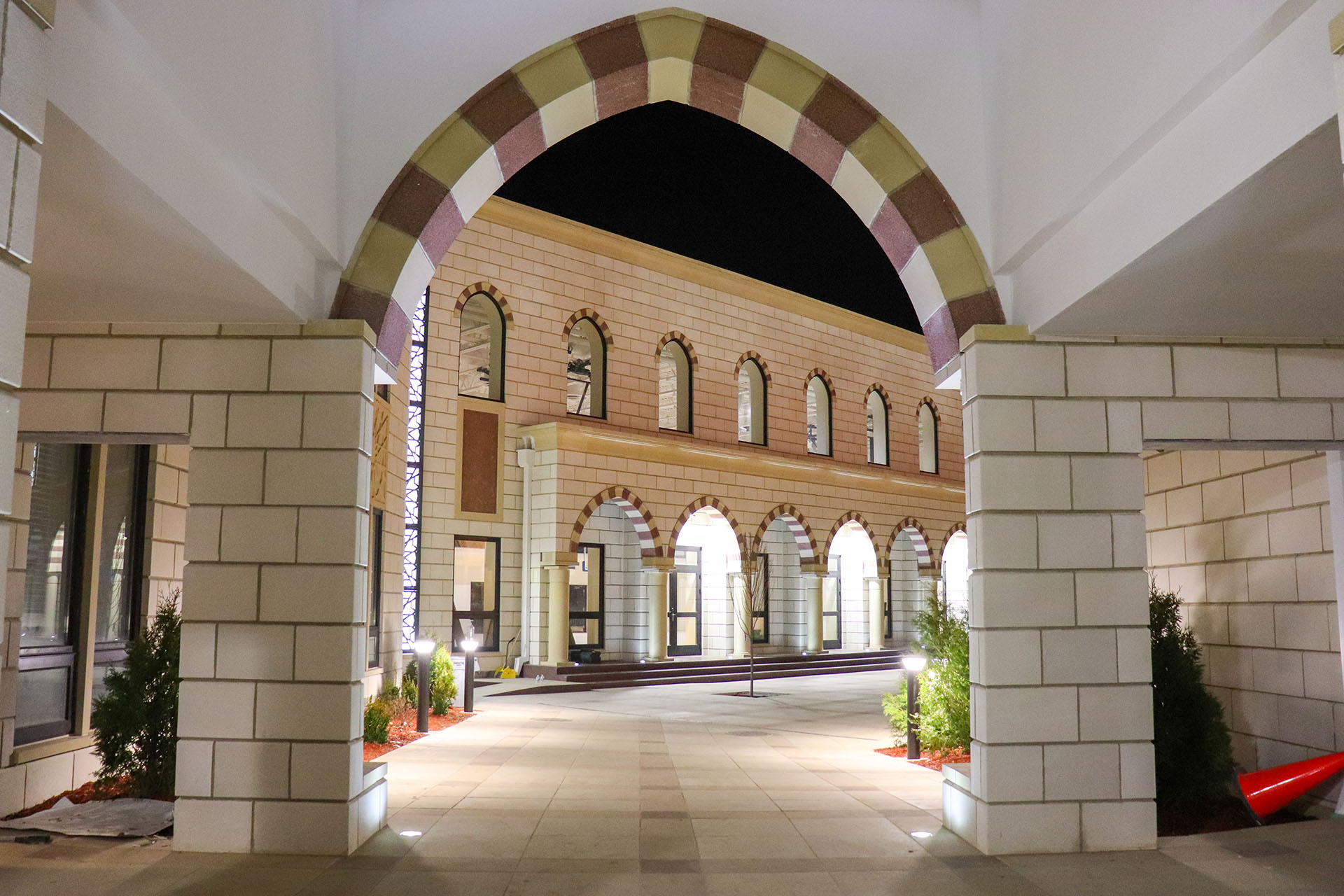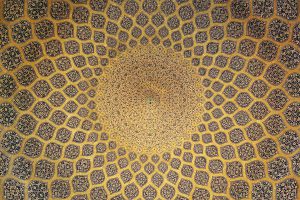Mufti Muhammad Taha Karaan (RA) on Literary Trends in the Shafi’i Madhhab

Question
as Salamu alaikum wa Rahmatullah Shaykh ,
- What was the reason for the writing of many of the Hawashi particularly in the 1800’s (please excuse me if my dates are a bit off), I noticed that many of the Hashiyah were produced much later such as:
- Hashiyat ash-Sharwani
- Hashiyat ash-Sharqawi
- I’anat at-Talibin
- Tarshih al-Mustafidin
- Hashiyat al-Bajuri
- Hashiyat al-Bujayrmi, etc.
Was the system of Hawashi something that authors in earlier times used? what caused the need to arise in later times to develop this system of marginal notes?
- In our day and age what is the best approach to studying Fiqh?
Jazakum Allah khair
Mufti Taha’s Answer
Wa `alaykum as-salam wa rahmatullah
I realise, and apologise for the fact, that I still owe you some answers. Preoccupation with other matters often become an impediment to regularity in answering queries. Please forgive this oversight, or even negligence, as it probably deserves to be called.
Now to your present query. There are certain general tendencies in Islamic legal writing.
(1) There is firstly the phenomenon of the mutawwalat, lengthy, comprehensive and detailed works that would typically deal with several angles of fiqh at once: the basic points of the law, the intra-madhhab differences, the inter-madhhab differences, comparative evaluation of these differences, the extraction of qawa’id and dawabit, application of usul, takhrij of ahadith, and other miscellaneous matters. The earliest works in fiqh could be classified in this genre. Imam al-Shafi’i’s Kitab al-Umm, most of Imam Muhammad ibn al-Hasan’s six works that form the zahir al-riwayah in the Hanafi madhhab, and the Mudawwanah of the Malikis would be examples.
(2) This first trend was followed by the phenomenon of ikhtisar through which the mukhtasarat, or abridgements, made their appearance. Imam al-Muzani’s Mukhtasar in which he condensed the fiqh of Imam al-Shafi’i is regarded as the prototype amongst mukhtasar works. In it he (successfully) attempted to reduce the entire scope of Imam al-Shafi’i’s fiqh into manageable proportions–manageable in the sense that while it covered the entire fiqh spectrum, it did so in a size that allowed students to memorise, and teachers to cover it completely, and thereby train new generations of fuqaha in greater numbers, within a comparatively short period. Such was the success of this mukhtasar that it induced al-Muzani’s nephew, Abu Ja’far al-Tahawi, to author a similar mukhtasar for the Hanafi madhhab. It would also be through the writing of a mukhtasar that Abul Husayn Al-Khiraqi laid the foundations of a systematic madhhab drawn from the fiqh of Imam Ahmad ibn Hanbal.
(3) The oral teaching of the mukhtasar works naturally entailed more material than the text of the mukhtasar provided. In the case of our madhhab, for example, solutions to problems as yet unsolved would be regularly provided by the fuqaha of the madhhab in the centuries following Imam al-Shafi’i’s demise. To distinguish these subsequently contributed views from the opinions of Imam al-Shafi’i himself, we call his opinions the aqwal, and their opinions the wujuh. The ones who contributed the wujuh were fuqaha who themselves possessed the requirements of ijtihad though often in an affiliated sense (mujtahid muntasib), or to a restricted degree (mujtahid muqayyad). On account of their contribution of wujuh to the madhhab they are called the As-hab al-Wujuh. With many of the As-hab al-Wujuh it would happen that their students would document their mentor’s independent contributions to the madhhab. These would then be transmitted to subsequent generations of fuqaha, often in the form of commentaries upon Mukhtasar al-Muzani known as ta’liqat. The phenomenon we see emerging here is that of the shuruh, or commentaries whereby the trend of condensation is reversed into expansion.
The above should give you a broad idea of the expansion-condensation-expansion model along which legal writing proceeded in Islam. This same model replicates itself in the post-wujuh era. Imam al-Ghazali’s 3 abridgements of his teacher Imam al-Haramayn’s Nihayat al-Madhhab, Imam al-Rafi’i’s celebrated commentary upon the last of those 3 abridgements, al-Wajiz, Imam al-Nawawi’s condensation of this commentary by al-Rafi’i into Rawdat at-Talibin, of his Muharrar into the Minhaj, and al-Nawawi’s own magnificent commentary upon al-Shirazi’s Muhadhhab are all excellent and prominent examples.
The factors that prompted a shift from expansion to condensation and vice versa were several:
(1) Firstly, the issue of need. Students needed condensed works to facilitate their studies and reduce the amount of time spent in entry level studies. It is not uncommon to find the author of a mukhtasar stating his reason for condensation to be “to facilitate memorisation and study for the beginner”.
(2) Secondly, comprehensive documentation. Every stage in the development of the madhhab would bring new material; all this new material had to be incorporated into the madhhab. When the era of wujuh drew to a close we see the emergence of comprehensive works in both the Iraqi and Khurasani branches of the madhhab (or tariqahs, as they are called). In the former tariqah there are al-Muhadhdhab and al-Tanbih by Abu Ishaq al-Shirazi, and in the latter tariqah Imam al-Haramayn’s Nihayat al-Matlab, followed by his pupil al-Ghazali’s 3 abridgements al-Basit, al-Wasit and al-Wajiz. Similarly, after the period of recension by al-Rafi’i and al-Nawawi, the peripheral contributions to the madhhab by men such as Ibn al-Rif’ah, his pupil Taqi al-Din al-Subki, al-Bulqini, al-Isnawi, al-Adhra’i and al-Zarkashi were subsumed into the second wave of recension that came in the 10th century, in the form of the commentaries upon the Minhaj by Shaykh al-Islam Zakariyya al-Ansari and his pupils al-Khatib al-Shirbini, Ibn Hajar al-Haytami and Shams al-Din al-Ramli.
(3) Thirdly, style. Language develops constantly, and one of the most pronounced forms of linguistic evolution has to be the refinement and sharpening of legal language. The systematic limpidity of Abu Ishaq al-Shirazi’s Muhadhdhab and the logically integrated arrangement of al-Ghazali’s Wasit and Wajiz give evidence of the maturization of legal style in their age.
(4) Fourthly, personal development. At a somewhat less siginificant level, scholars would sometimes condense the work of an earlier scholar simply for the sake of thoroughly encompassing the contents of the earlier work. Such condensations would be done not for the sake of publishing the work, but rather for the advancement of the condenser’s personal knowledge.
Having thus far covered the trends in legal writing in Islam, we now come to the immediate subject of your question, which is the hawashi. At this point I should like to draw a distinction between substantial or essential works on the one hand, and peripheral or supplementary works on the other. The works of which I have spoken above all fall within the substantial category, while the hawashi form the peripheral category.
(I am being interrupted as I write this, to attend to someone’s need. I will complete the answer as soon as I find the opportunity. For now, though, I have to go. In the meantime I am sending the incomplete answer. Be back later, in sha Allah. Was-salam, Taha)


